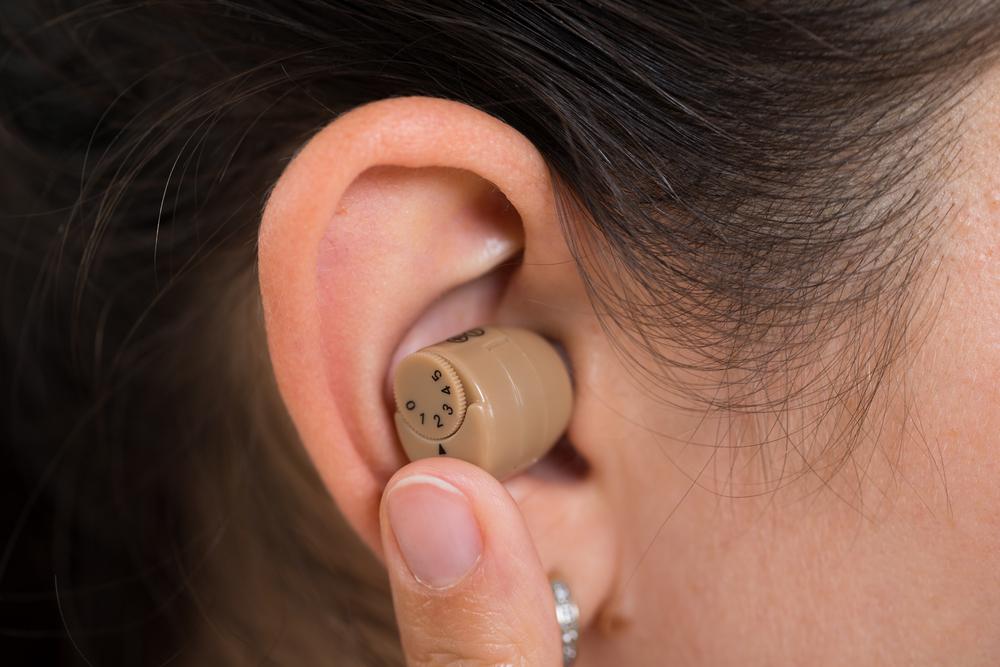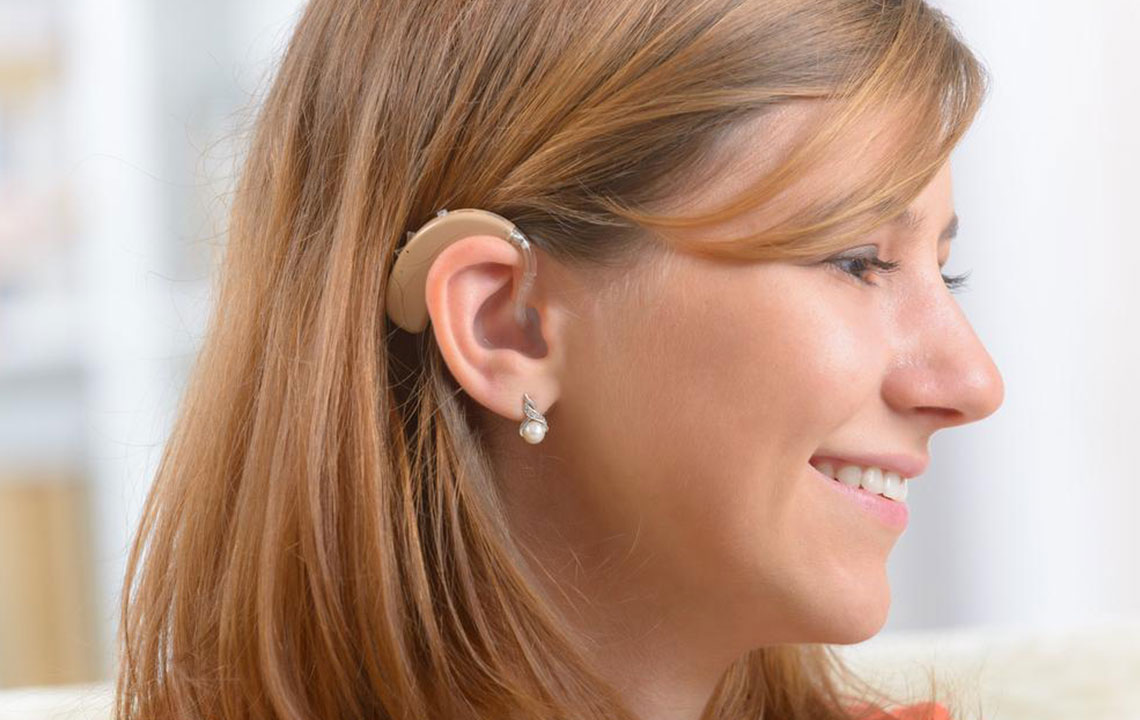Exploring Various Types of Hearing Devices
Discover the diverse types of hearing aids available today, from body-worn and behind-the-ear to in-the-ear and canal models. Modern devices feature advanced noise reduction and feedback control, catering to different hearing needs. Understand their benefits and choose the right option for improved hearing and comfort.

Exploring Various Types of Hearing Devices
Advancements in hearing technology have led to a wide range of hearing aids, each designed to meet different needs. Their primary goal remains to amplify sounds effectively for better hearing. The variety depends on size, power, and circuitry. Hearing aids are broadly classified into several types to suit distinct preferences and hearing levels.
Typically, hearing aids differ in size, power, and circuitry design.
Body-worn devices: These include a case with electronic components, worn outside the ear and connected via a wire to a small microphone. They offer affordability, long battery life, and clear sound amplification.
Behind-the-ear (BTE) aids: Ideal for severe hearing loss, BTE devices are more powerful than body-worn models, easier to handle, though relatively more costly. They deliver high-quality sound and are user-friendly.
In-the-ear (ITE) aids: These are custom-fitted into the ear and provide enhanced sound clarity, combining convenience with effective amplification.
In-the-canal (ITC) aids: Inserted deep into the ear canal, these aids are discreet and minimize occlusion. They preserve natural sounds, making speech and activities more natural.
Over-the-ear (OTE) aids: These compact devices fit comfortably behind the ear, designed to reduce the occlusion effect while providing good amplification for various hearing levels.
Modern hearing aids incorporate advanced features like feedback control, noise suppression, and tailored sound processing to enhance user experience.
Important Note: Our site offers informative content across multiple categories. While our articles are based on thorough research, they should not replace professional advice. The website disclaims responsibility for any discrepancies or updates in data or available schemes.










